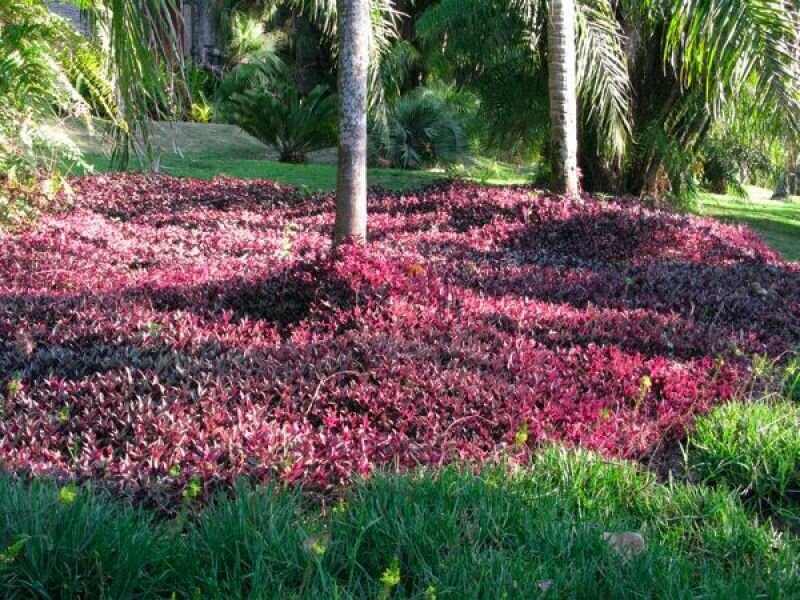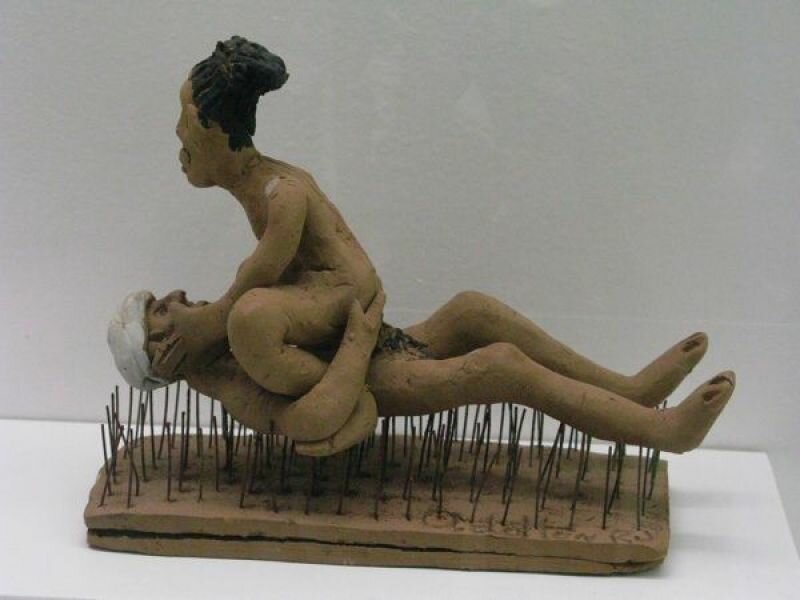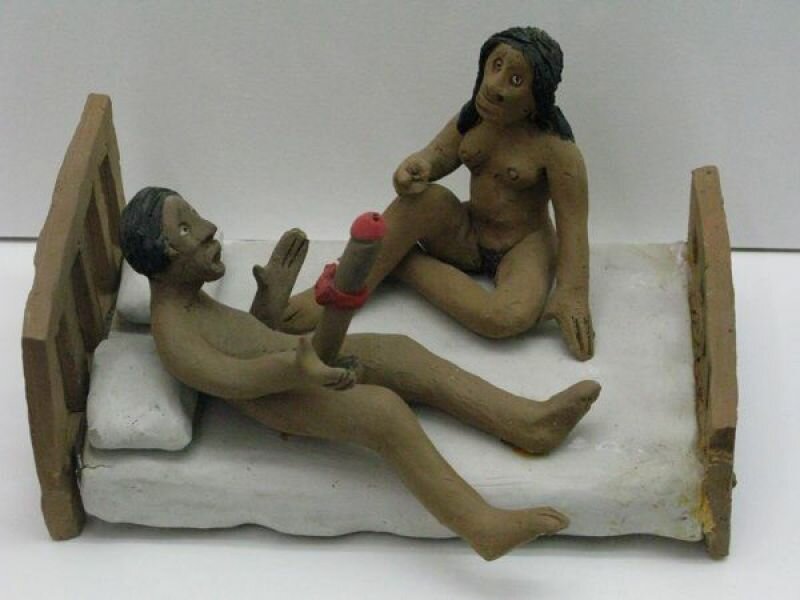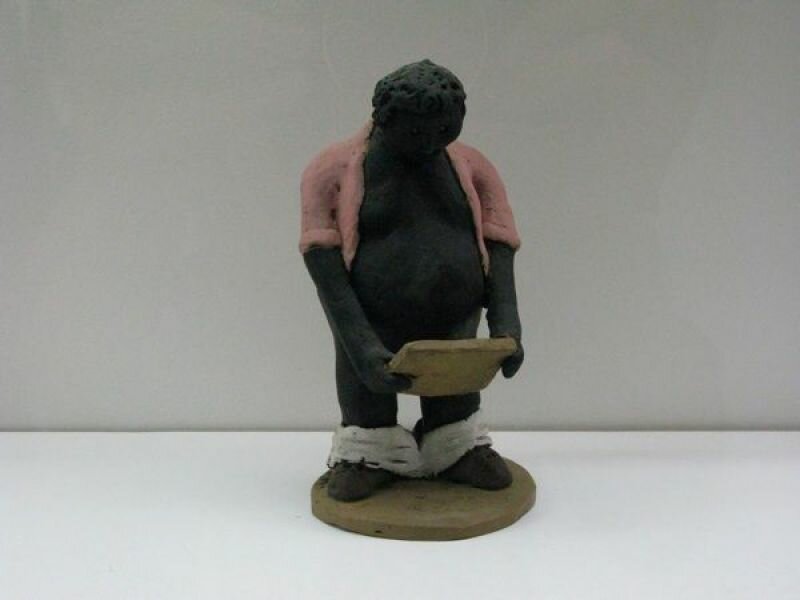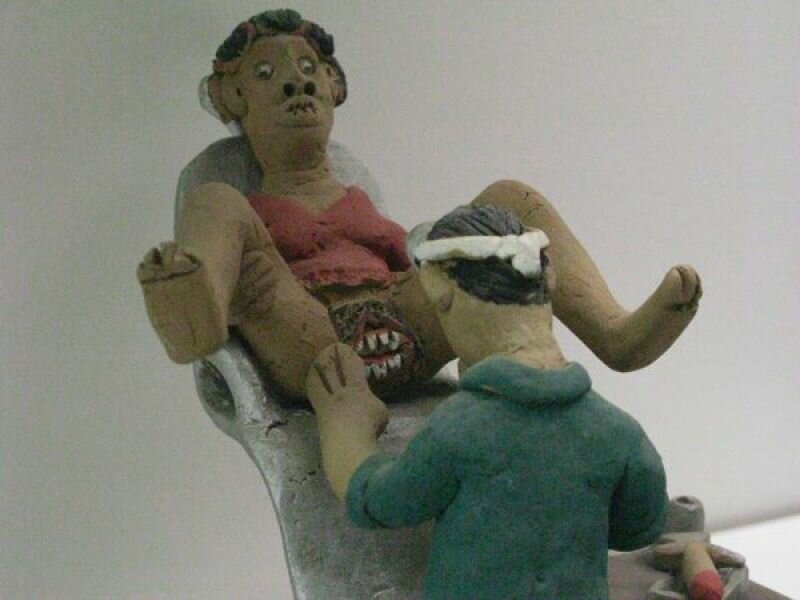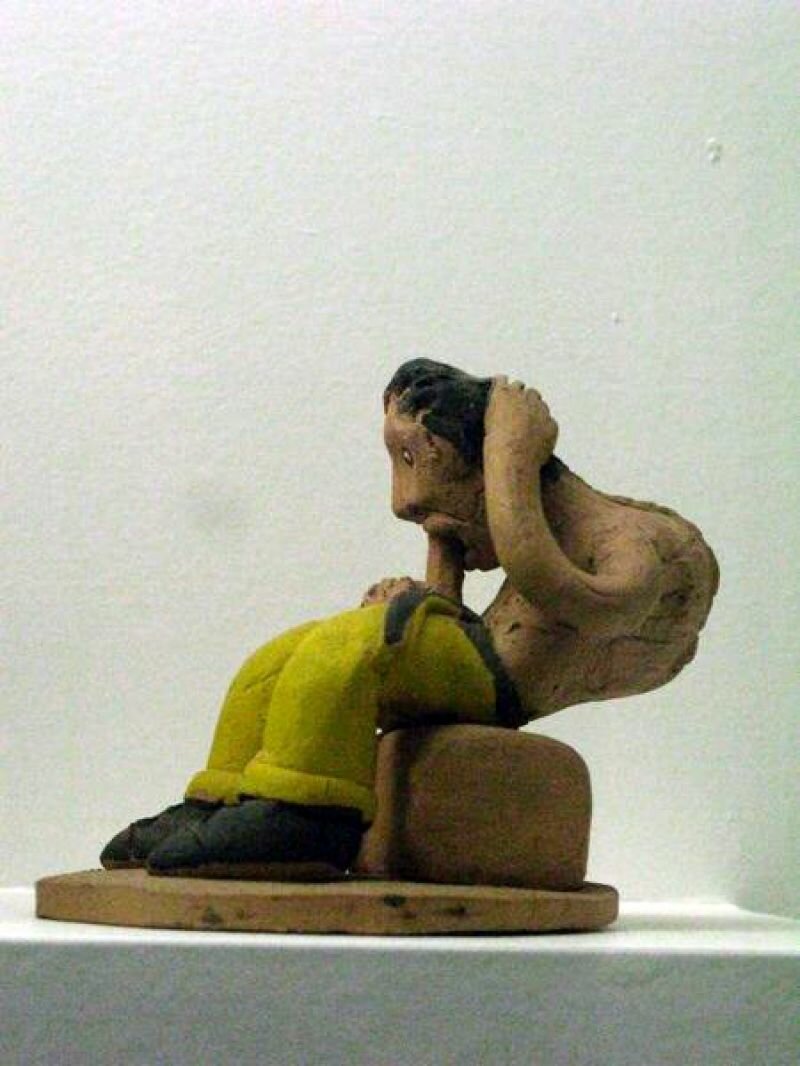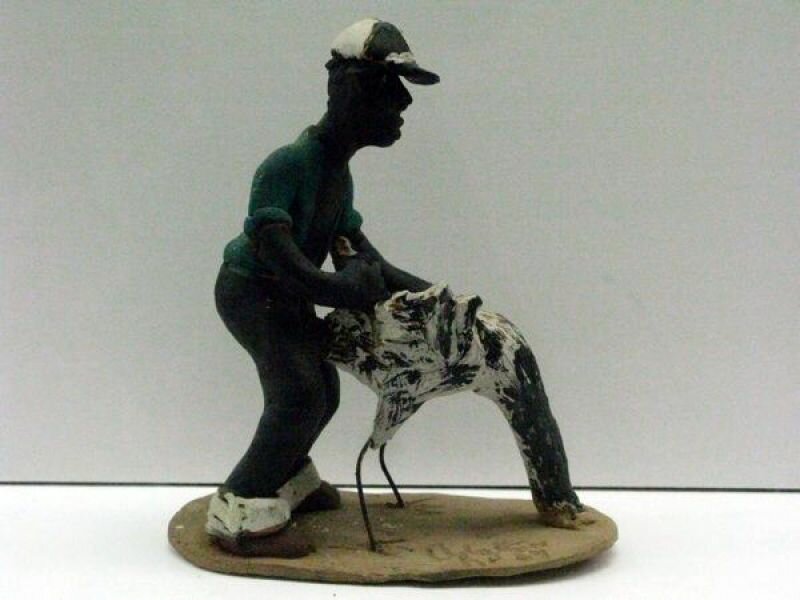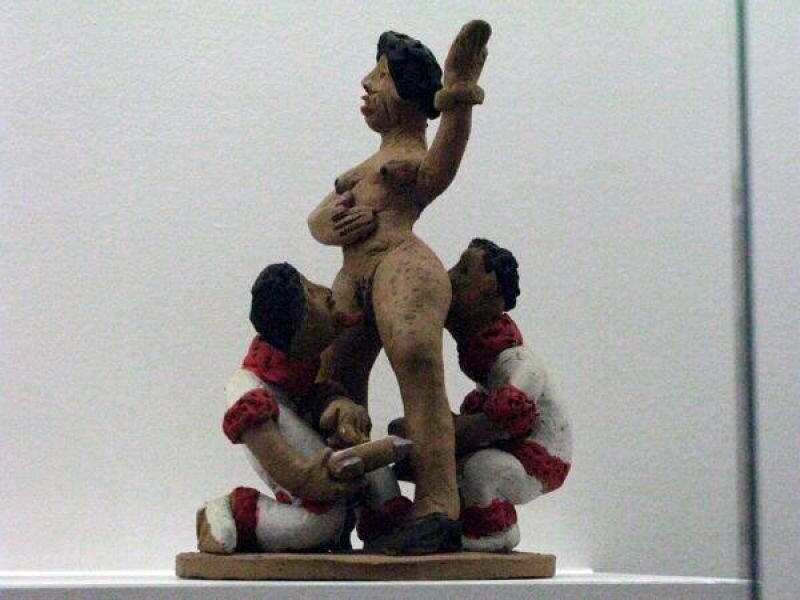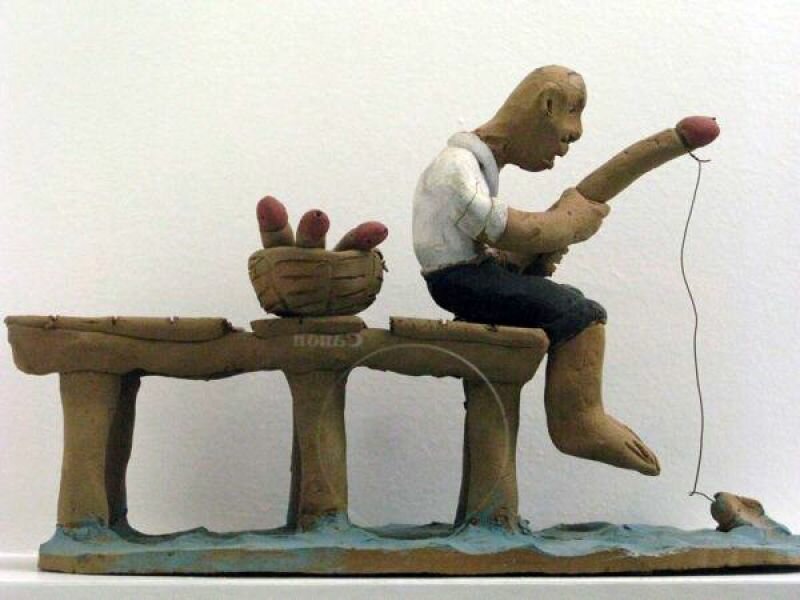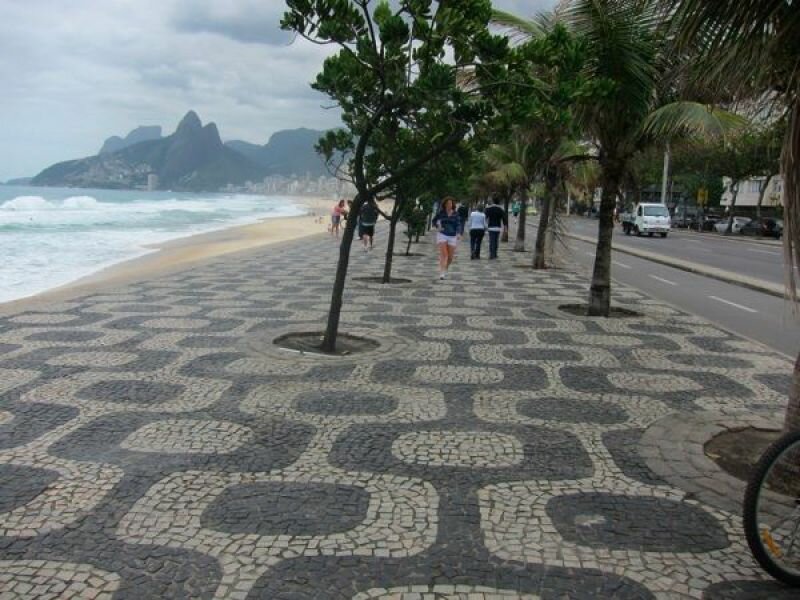
We did it! Finally we’re let into the garden bordering the study. It’s just us two, accompanied by a burly guide who solemnly walks ahead of us in silence. It was well worth the effort: this is one of the most beautiful gardens we’ve ever seen.
The quote “Burl Marx was a painter that uses plants as paint and the soil as a canvas” comes to life before our eyes. As a painter he experimented with light, colour, the texture of stones, plants, trees and shrubbery, seeming to have a preference for plants of exceptional colour and leafage. Many of the rare indigenous species that he introduced in his designs were tracked down in the jungle by Marx himself and planted on the property. Here in the open air, he assembled a rich collection of Brazilian plants and trees, all the while researching how to apply them in his composition.
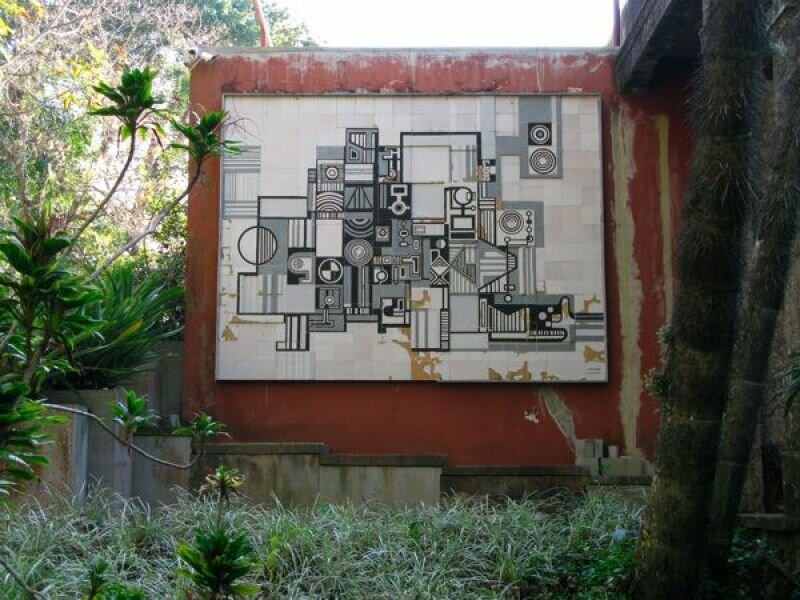
Besides being a collector, Burl Marx was also fantast with a great sense for drama. Boulders were stripped of their usual vegetation and were instead covered by cacti. Dozens of Asian orchids were imported. Rare trees, whimsical waterfalls, even a monumental marble façade (shipped over as a gift from the city of Rio) are characters in this exuberantly performed theatre piece.The show is a spectacle in which the artificial and the natural seem to compete with one another, only to settle for a harmonious balance that animates these gardens. No nude naturals to be found here. Instead, Marx flashes contrasting, nearly toxic colour combinations. At times it’s hard to believe you’re really there and not an extra in one of the better Walt Disney cartoons filled with fantastical birds, butterflies, and lizards. He most definitely wasn’t modest or afraid to take on nature and, with utmost precision, to choreograph her like a true dramaturge. But above all, he presents us with an ode to nature, by putting all he could imagine into play.
